We can feel and even act like different people in different situations and at different times. Is a single self enough to hold together our messy, often contradictory collection of experiences and drives? At HowTheLightGetsIn 2024 in London, Sam Harris, Roger Penrose and Sophie Scott met to debate The Divided Self, hosted by Jack Symes. The bestselling philosopher, quantum physicist and leading neuroscientist investigated whether we need to update our model of the self, and how to do it.
We take the existence of a self for granted: that there’s an I writing this review, a you reading it. But what is the nature of this I that’s carrying out the actions, and can it hold the strange multiplicity of experiences and behaviours that happen in our lives as a coherent whole? The Divided Self at HTLGI London 2024 brought together a stellar panel to tackle this question: philosopher, writer and meditation guru Sam Harris, physicist Roger Penrose, and neuroscientist Sophie Scott.
Host and New Generation Thinker Jack Symes asked the panel if can we assume a single self is where conscious experience takes place, and whether that self bears responsibility for our actions. More provocatively, could multiple selves offer a better way to explain the wildly divergent thoughts and contradictory behaviours that humans can display?
Sam Harris began with a familiar view for users of his excellent meditation app, Waking Up. When we talk about the self, it refers to the subjective sense of being a subject separate from experience—the feeling that you’re “having” an experience. Most of our experience carries this subject/object duality. But, Harris argued, this is an illusion. First, neurologically, there’s no place in the brain hiding your ego. Second, if you search for this “I” within experience, you fail to find it, sometimes conclusively. Meditation and psychedelics help reveal this, but even without them, people regularly lose their sense of self by staying busy or focusing elsewhere. Selfhood is mostly introspective and easily interrupted. Therefore, we don’t need it, and practices like mindfulness can free us from it.
Roger Penrose’s view was that the self is tightly linked to consciousness and, perhaps, memory. The conversation brought up the philosophical challenges posed by the practice of cutting the corpus callosum in epilepsy patients. While it stopped seizures, it also could also create two separate fields of experience in one human, as Harris later pointed out. The same person might try to embrace their spouse with one hand while trying to strangle them with the other. For Penrose, the question became one of continuity: consciousness forms a chain from early childhood until death. If conscious experience is like a string of beads, is the self its own entity, distinct from the beads of individual experiences shaped by the changing conditions around them?
Sophie Scott argued that in addressing problems posed by a divided brain or multiple experiences, we first need to define “self.” Is it Harris’s subjective sense of a personal subject or Penrose’s continuity of memories feeding into identity? Memory, Scott noted, is biologically unique: other body parts regenerate over time, but neurons generally don’t.
SUGGESTED VIEWING Consciousness and Fundamental Physics With Philip Goff







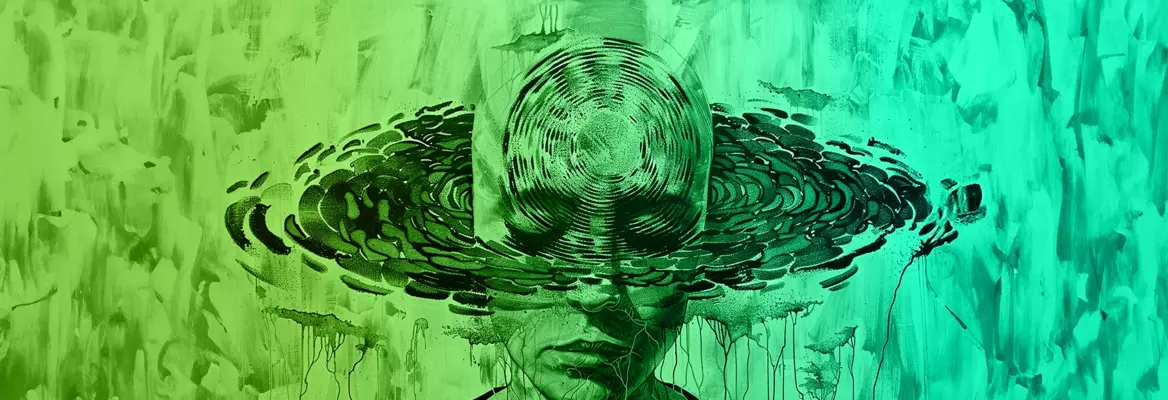

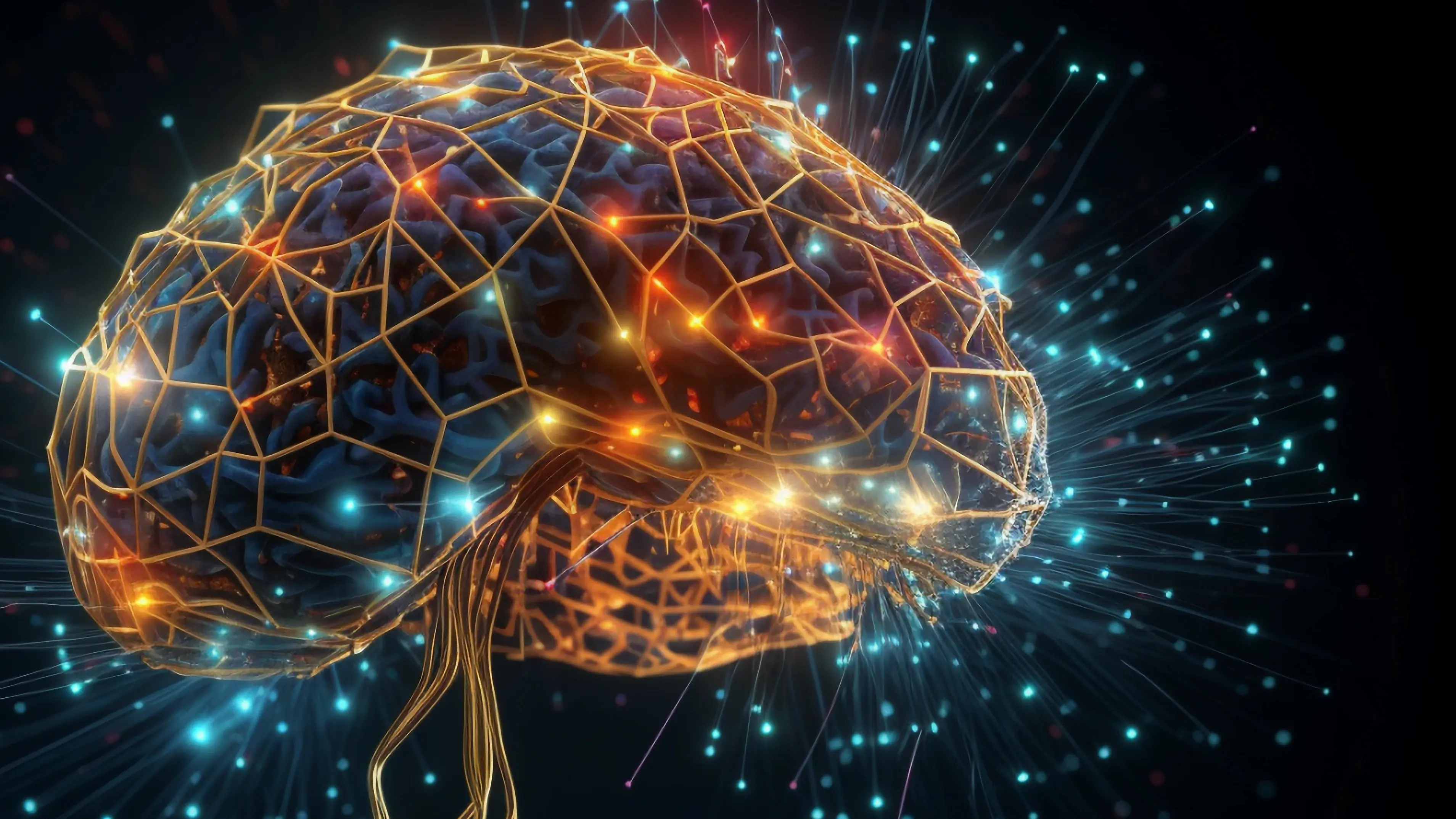
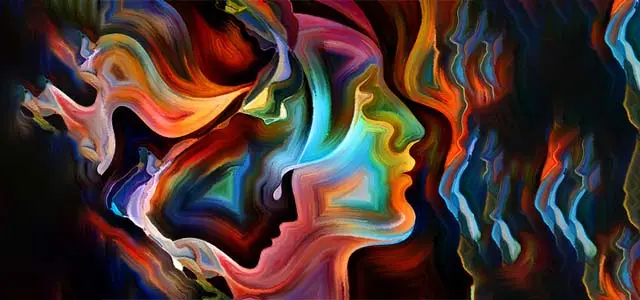

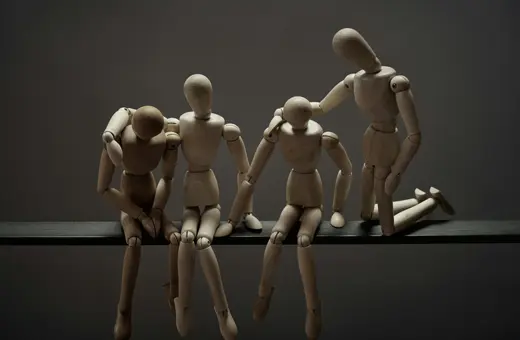
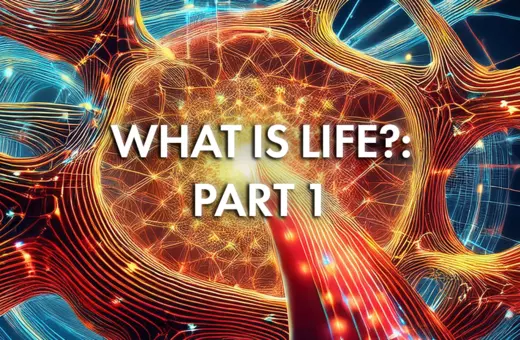
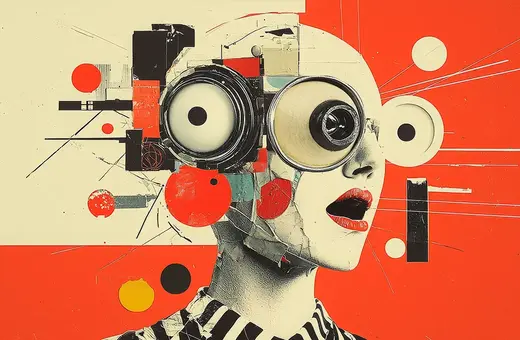
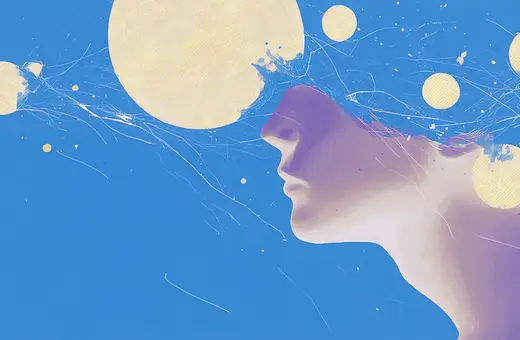
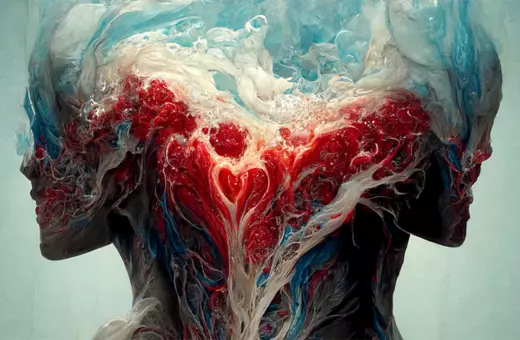

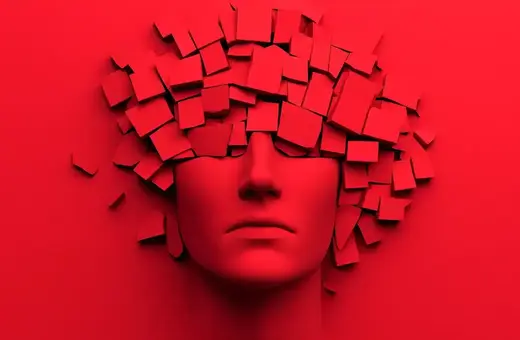
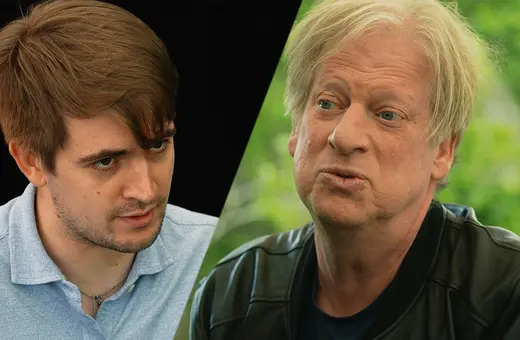

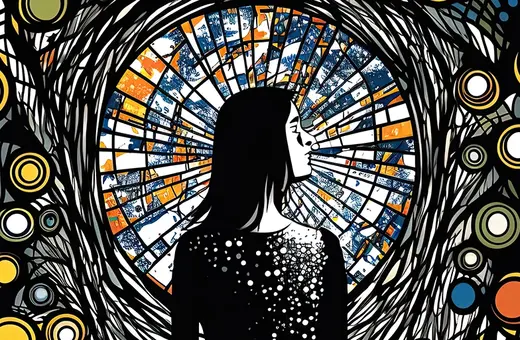
Join the conversation